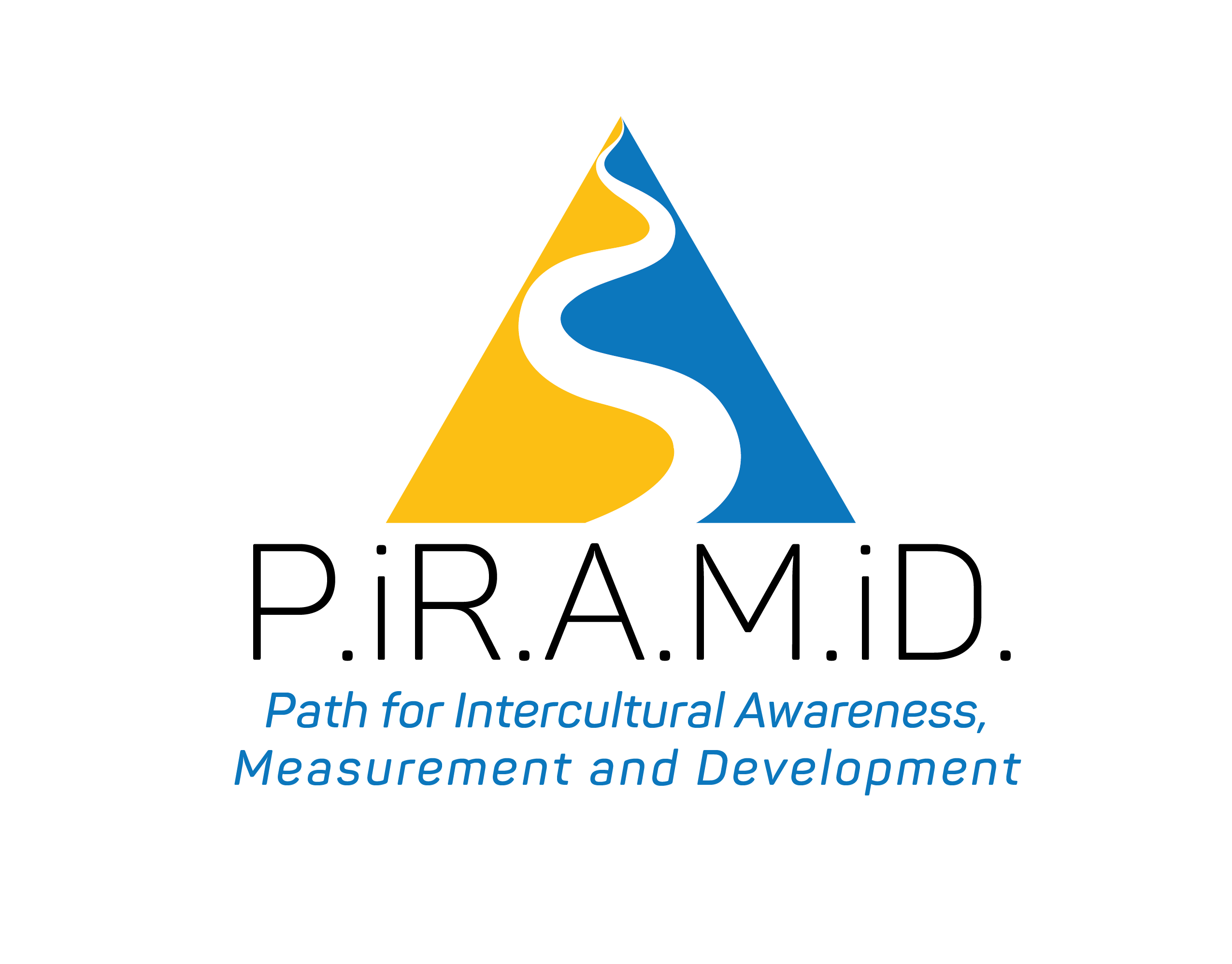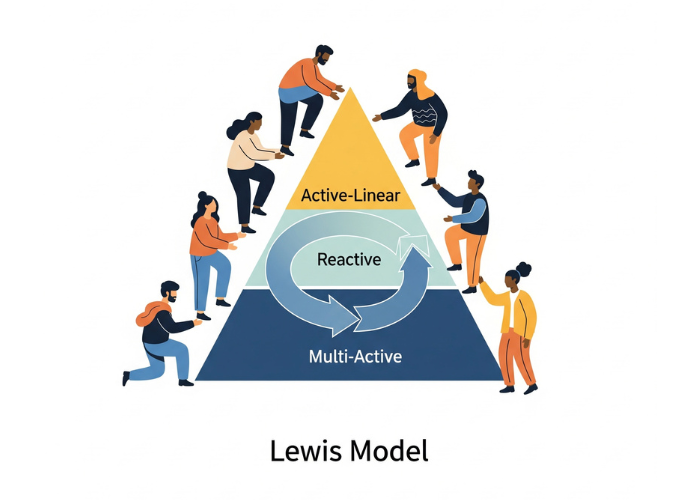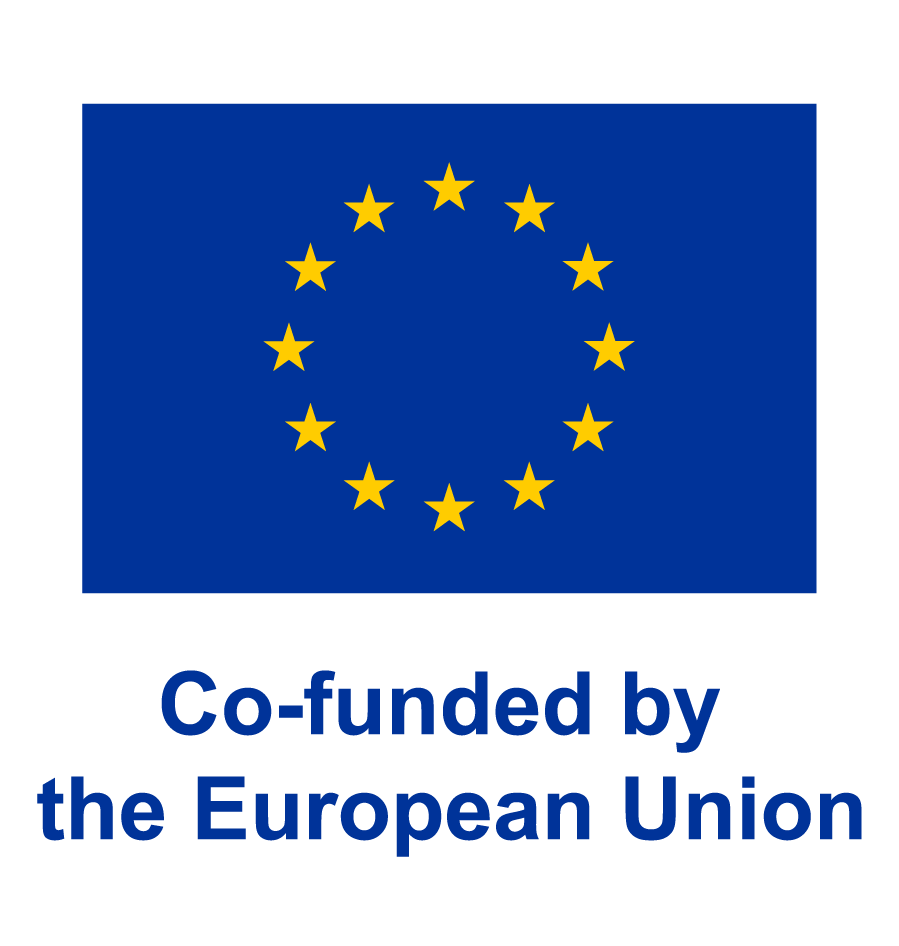This website use cookies to ensure you get the best experience on our website

P.IR.A.M.iD
2023-1-ES01-KA220-VET-000157060
Intercultural Index - Assignment of Results
10 March 2025

The logic behind the assignment of results in the Intercultural Index is based on a majority system. The objective is to determine a user's predominant behavioral style according to the Lewis Model, based on the answers provided to nine questions, each offering three possible options: A, B, or C.
Answers marked as A reflect characteristics associated with an Active-Linear dominant behaviour; B corresponds to Reactive behaviour; and C to Multi-Active behaviour. Therefore, if the majority of a user's answers are A, the result displayed is “Active-Linear”; if B is the majority, the result is “Reactive”; and if C is the majority, the result is “Multi-Active”.
The nine questions are structured as follows:
- How I organize my studies and work to be done
I plan my activities in detail before starting a new project or task.
I adjust my plans or schedule to adapt to the needs of the people around me.
I manage multiple activities simultaneously, such as studying while listening to music or doing other things.
- How I relate to others
I tend to clearly separate social life from school life.
I prioritize personal relationships with classmates and teachers over tasks and academic goals.
I believe it is important to establish a personal and friendly relationship with teachers or classmates to improve collaboration
- When I need to understand what needs to be done…
I prefer to receive instructions or information in written form rather than verbally.
I am comfortable discussing and solving problems in person, face-to-face, rather than through messages or other indirect forms of communication.
I interact a lot verbally during lessons or group discussions.
- In case of conflicts
I tend to listen a lot but hide my emotions.
I avoid direct confrontation and resolve conflicts diplomatically.
I am emotional and cannot hold back.
- I take actions on Green Practices
I get information about sustainability from statistics, reference books and internet
I focus on my experience and research
I get information from others
- My relationship with time
I let myself be guided by the schedule I have created.
I adapt to the schedule created by others.
My scheduling is very flexible.
- How I include others
I include others by assigning clear tasks and roles
I believe every person’s opinion matters and incorporate ideas from all group members
I enjoy meeting and talking to people and learning about each person’s unique experiences and backgrounds.
- During guided tours
I listen attentively to the guide, ensuring I don’t miss any important details or facts. I might be too shy to ask a question
I ask questions only after the guide finishes to fully understand the information presented.
I may wander off to take photos, chat with locals, or explore on my own.
- 9. When I take decision…
I analyze every step and weigh options thoroughly before deciding
I prefer to observe, gather information, and take my time before making a decision
I make quick, flexible decisions, considering the feelings and needs of others
A majority is defined by either five or four identical answers (A, B, or C) appearing within specific predetermined combinations of questions. The first step is to check for a five-answer majority within the following five-question combinations:
Q1–Q2–Q3–Q4–Q5
Q1–Q3–Q5–Q7–Q9
Q2–Q4–Q6–Q8–Q9
Q1–Q2–Q5–Q6–Q8
Q3–Q4–Q6–Q7–Q9.
These combinations were selected to ensure that all dimensions of the questionnaire are covered in a balanced way and to prevent any result from depending too heavily on a single group of questions.
If a majority of five matching answers is detected in any of these combinations, the corresponding behavioral style is immediately assigned. If no five-answer majority is found, the system proceeds to check for four identical answers within slightly smaller groups:
Q1-Q2-Q3-Q4
Q1-Q3-Q5-Q7
Q2-Q4-Q6-Q8
Q1-Q2-Q5-Q6
Q3-Q4-Q6-Q7
Again, these combinations were designed to guarantee an even distribution across the various sections of the questionnaire.
In practical terms, when the majority of selected answers within the validated combinations is A, the user is assigned to the "Active-Linear" page. When B is the dominant answer, the assignment is made to the "Reactive" page, and when C is predominant, the user is directed to the "Multi-Active" page. The system prioritizes identifying a five-answer majority before considering four-answer majorities, thereby favoring stronger indications of a user's profile whenever possible.
In practical terms, if a majority of selected answers within any validated combination is A, the user is assigned to the "Active-Linear" result page. If B is the majority, the user is directed to the "Reactive" result page, and if C is the majority, to the "Multi-Active" result page. The system prioritizes detecting a five-answer majority before checking for a four-answer majority, in order to base the result on the strongest possible evidence from the user’s answers.
Because the Intercultural Index was integrated into a Wix website using their built-in forms, we had to adapt the method to fit within the limitations of that system. Implementing the majority logic without custom-coded back-end support required extensive adjustments. In addition, all the necessary answer combinations and routing rules had to be manually configured within Wix’s interface. This step demanded high precision and was particularly time-consuming, as even small errors could compromise the correct assignment of results.
The process involved significant trial and error: after defining the logic with the support AI tools, we manually tested dozens of answer combinations to make sure the system worked as expected. This included not just theoretical simulations, but repeated live tests to ensure the routing and result assignment were reliable for real users.

This project has been funded with support from the European Commission.
This publication reflects the views only of the authors, and the Commission cannot be held responsible for any use which may be made of the information contained therein.
